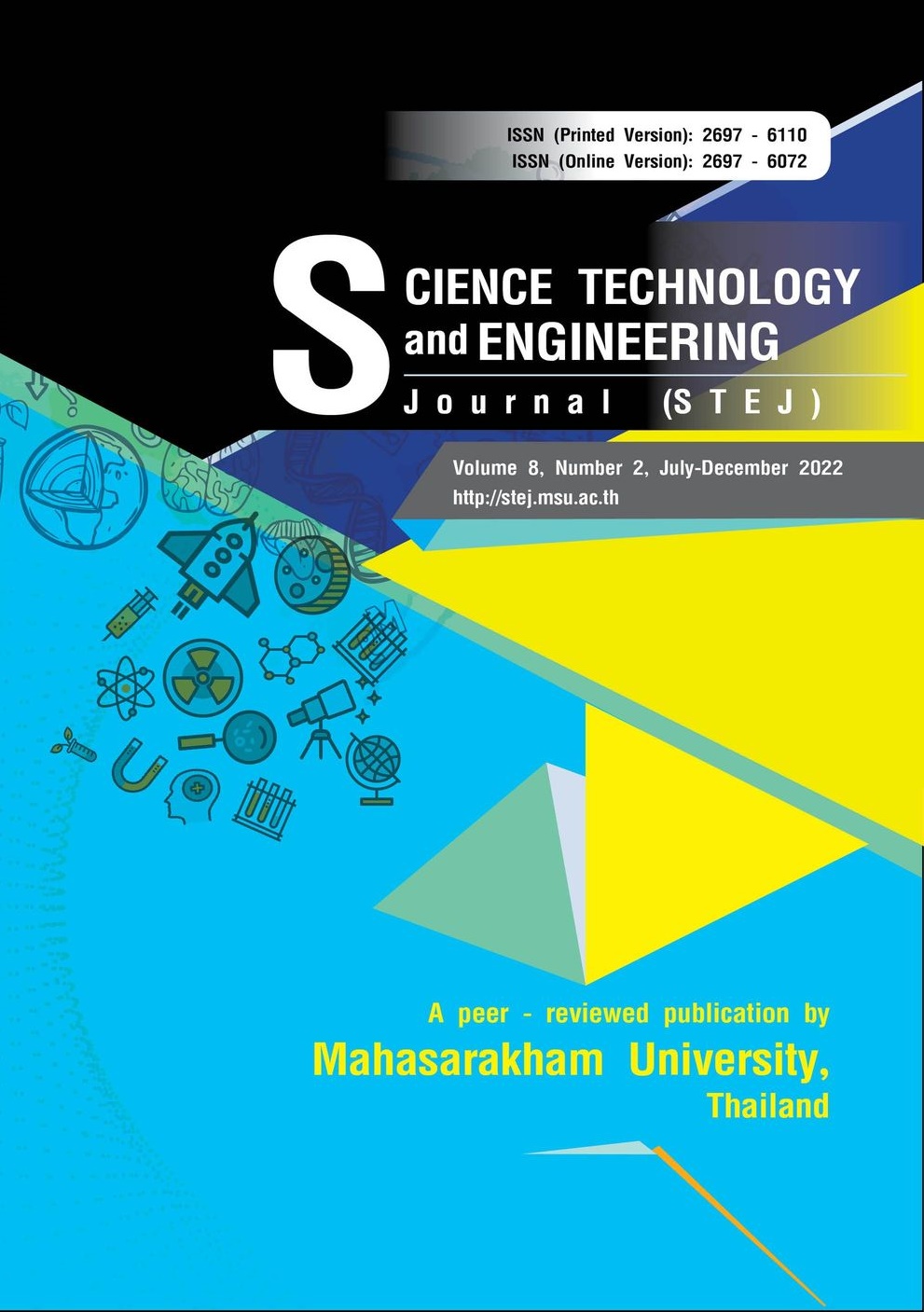A comparison of co-culture with oviductal epithelial cells and growth on porcine zygote medium (PZM) on porcine embryos development
Keywords:
Porcine embryo, In vitro production, A chemically defined medium system, co-culture systemAbstract
This study examined the effect of a chemically defined media system and co-culture system on the in vitro production of porcine embryos. Cumulus-oocyte complexes (COCs) from porcine ovaries were cultured for 22 h in TCM-199 with Earle’s salts, L-glutamine, and NaHCO3 supplemented with 10% fetal bovine serum (FBS), penicillin (100 U/ml), streptomycin (100 μg/ml), 10 IU/ml of human chorionic gonadotropin, 25 μg/ml of follicle-stimulating hormone, 0.2 mM sodium pyruvate. But without the hormone for 22-44 h in vitro maturation (IVM) media. Matured oocytes were fertilized in basal IVF-media (modified Tris-buffered medium; mTBM). The porcine zygotes were randomly cultured in different culture conditions as follows: (1)a chemically defined media with porcine zygote medium (PZM), and (2) co-culture with the oviductal epithelial cells for embryo development. The results showed that the percentage of >4-cells, >16-cells developments and blastocysts in the PZM group (71.67%, 45.97%, and 24.33%, respectively) were higher than in the co-culture group (53.05%, 22.47%, and 8.85%, respectively) (p<0.01), but there was no significant difference between the co-culture group and PZM group for percentage of cleavage (70.00% and 71.43%, respectively) (p>0.05). These results indicated that in vitro production of porcine embryos using a chemically defined medium significantly increased the percentage of >4-cells, >16-cells development, and the blastocyst stage.
Downloads
Published
How to Cite
Issue
Section
License
Copyright (c) 2022 Science Technology and Engineering Journal (STEJ)

This work is licensed under a Creative Commons Attribution-NoDerivatives 4.0 International License.








